| Author |
 Topic Search Topic Search  Topic Options Topic Options
|
DREAM 
Orange Level


Joined: 06 Jan 2010
Location: Elberton,GA
Points: 1828
|
 Post Options Post Options
 Thanks(0) Thanks(0)
 Quote Quote  Reply Reply
 Topic: Alternator questions. Topic: Alternator questions.
Posted: 10 Aug 2012 at 9:59pm |
I want to put a 12 volt alternator on my dads C and my cousins C. They are both getting to the age that they dont care much for swinging on the crank or dragging them around to get them started. The electrical systems on both tractors are junk anyway, so might as well redo everything and bring them up to date.
First question; What is a good source for an alternator? I would thing the GM style "one wire" alternator would be the easiest to work with, since it doesnt need a separate regulator or rectifier. What make/model works best in everyones experience? In other words, what year and model vehicle should I reference when I go to the parts store?
Second question; I know it isnt as simple as one wire. Anyone got a basic overview of what I need and how to wire it in? I want to install volt meters to keep track of the charging. I know how to wire those in. Is there anything else I need to put between the alternator positive output cable and the battery? Do I need to disconnect the DC from the alternator when the engine isnt running by way of a solenoid or anything?
Steve in NJ had a post on this a while back and I saw he had a small red indicator lamp mounted in the instrument panel. What is that for? I'm a licensed electrician and understand controls and automation. Automotive DC systems are a little different. Any help is appreciated. Sorry for the long post.
|
|
I didn't do it! It was a short, fat, tall, skinny guy that looked like me!
|
 |
|
Sponsored Links
|
|
 |
Kip-Utah 
Orange Level


Joined: 14 Sep 2009
Location: Southern Utah
Points: 909
|
 Post Options Post Options
 Thanks(0) Thanks(0)
 Quote Quote  Reply Reply
 Posted: 10 Aug 2012 at 11:46pm Posted: 10 Aug 2012 at 11:46pm |
|
A smaller alternator than the typical GM 10SI is suggested on a C or CA. It's a pretty tight fit with the steering rod on these tractors. Although these full size alternators work great on a B. We used a smaller alternator off an older Mitsubishi Mighty Max pickup. A Dodge D50 would be the same. Was able to easily adapt the original generator bracket. Good luck! Kip
|
|
HANSEN'S OLD ORANGE IRON. Showing, Pulling, & Going!!
|
 |
jaybmiller 
Orange Level Access

Joined: 12 Sep 2009
Location: Greensville,Ont
Points: 24594
|
 Post Options Post Options
 Thanks(0) Thanks(0)
 Quote Quote  Reply Reply
 Posted: 11 Aug 2012 at 6:02am Posted: 11 Aug 2012 at 6:02am |
The 'cs-130' alternators out of 'newer'(late 90s) Cavaliers' are a good size and cheap(like free...).I've got 2 of my D-14s converted and no problems.The 'idiot' light supplies voltage to the internal regulator and shows whether the alternator is charging or not, but can be replaced with a 500ohm 5 watt resistor.
The 'Denso' made alternators are even smaller...was going to put one in a G I had.
hth
jay
|
|
3 D-14s,A-C forklift, B-112
Kubota BX23S lil' TOOT( The Other Orange Tractor)
Never burn your bridges, unless you can walk on water
|
 |
SteveC(NS) 
Orange Level

Joined: 12 Oct 2009
Location: Nova Scotia
Points: 663
|
 Post Options Post Options
 Thanks(0) Thanks(0)
 Quote Quote  Reply Reply
 Posted: 11 Aug 2012 at 6:49am Posted: 11 Aug 2012 at 6:49am |
Dream, this should be a link to Duey Schutters pages http://dueyschutter.freeservers.com/photo3.html
|
 |
EdK 
Silver Level

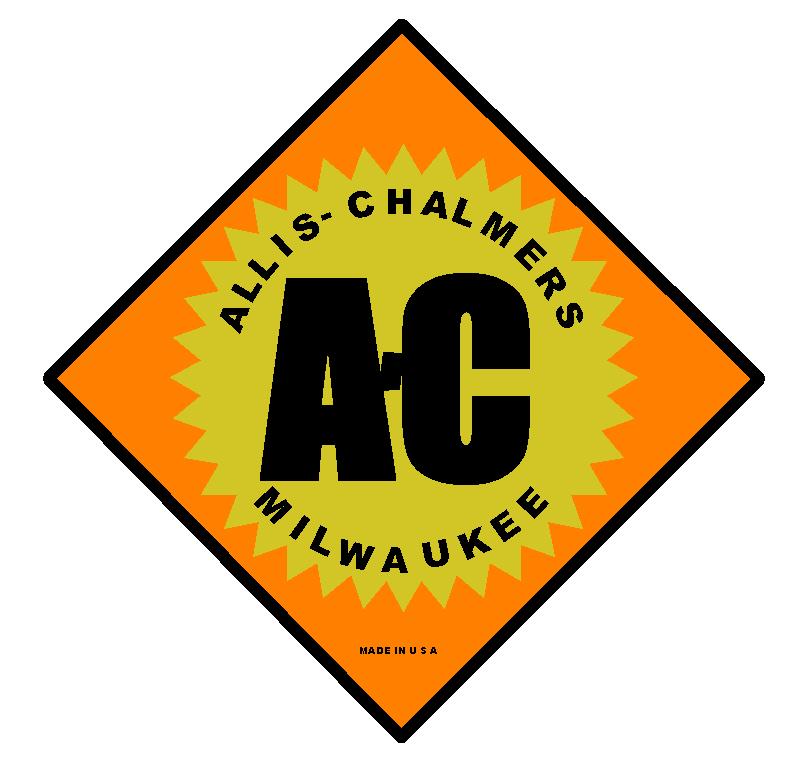
Joined: 12 Sep 2009
Location: Newcastle, CA
Points: 223
|
 Post Options Post Options
 Thanks(0) Thanks(0)
 Quote Quote  Reply Reply
 Posted: 11 Aug 2012 at 11:50am Posted: 11 Aug 2012 at 11:50am |
I have done many electrical modifications on my C; (1) added single wire alternator, (2) a distributor ignition, with electronic points, (3) a grounding relay to stop the engine, and (4) rebuilt and re-routed the electrical wiring. To avoid the steering arm closeness to the alternator, and on my tractor, the arm rubbing on the front grill metal, I reversed the steering arm.
I am not at my home computer so I can't show you the tractor's electrical schematic. I think I have one on my other computer. If not I should generate one for archival's sake. If you want I will search for it when I get home.
|
 |
Erik from Wi 
Bronze Level

Joined: 31 Mar 2012
Location: Wi
Points: 7
|
 Post Options Post Options
 Thanks(0) Thanks(0)
 Quote Quote  Reply Reply
 Posted: 11 Aug 2012 at 9:18pm Posted: 11 Aug 2012 at 9:18pm |
|
I am in the same boat right now with a failed generator. I would like to convert to a alternator also. There is no way a single normal alt. Will fit with the steering arm. How did you reverse the steering arm? Doesn't it have tapered tie rod ends so it only can go into the steering arms one way? Also does anyone have a picture of a small frame alternator mounted. Can you get a one wire small frame? If so what model number or part number are you guys using? Sorry for all the questions.
Edited by Erik from Wi - 11 Aug 2012 at 9:20pm
|
 |
CTuckerNWIL 
Orange Level


Joined: 11 Sep 2009
Location: NW Illinois
Points: 22824
|
 Post Options Post Options
 Thanks(0) Thanks(0)
 Quote Quote  Reply Reply
 Posted: 11 Aug 2012 at 9:45pm Posted: 11 Aug 2012 at 9:45pm |
|
I have an alternator off an old chebby blazer on my CA, no problems with the steering gear.
|
|
|
 |
DaveKamp 
Orange Level Access

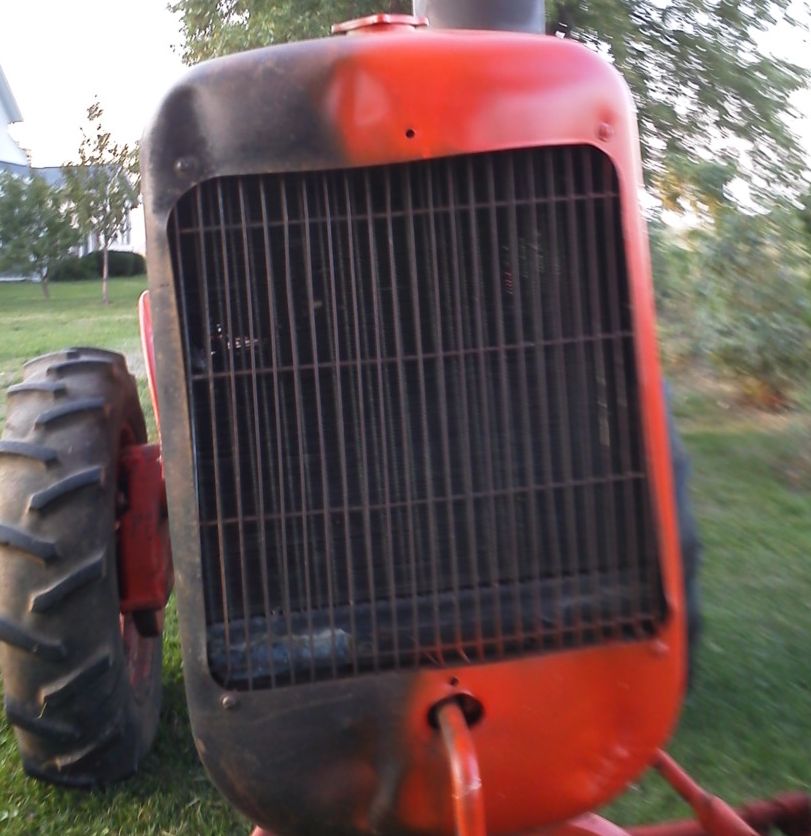
Joined: 12 Apr 2010
Location: LeClaire, Ia
Points: 6063
|
 Post Options Post Options
 Thanks(0) Thanks(0)
 Quote Quote  Reply Reply
 Posted: 12 Aug 2012 at 11:35am Posted: 12 Aug 2012 at 11:35am |
|
The 'one wire' alternator (10SI/12SI) is really nothing more than a standard system, with a few altered internal connections.
Virtually all alternators now use an internal regulator/rectifier system. The concept of an alternator is no different than any other generator- you have a rotor (which rotates), and a stator (which is stationary). ONE of the two is a magnetic field, the other is the alternating output. They can be arranged so that the field is either stationary, or moving... the output windings will be in the opposite position. Most alternators have the field spinning, and the stator is connected to the rectifier array to provide output.
In order to generate power, alternators and generators NEED a magnetic field. Now, they could use PERMANENT magnets... but the result would be, that as it spins faster, the output voltage rises... and back when this stuff was developed, there was no really 'good' way of regulating output without some solid-state stuff that we take for granted nowdays. So what they did, was use an electromagnetic field... the 'field winding'... and they regulated the windings' output voltage by changing the amount of current flowing through the FIELD winding. At a low rpm (idle), they'd run essentially full current through the field, and with that field intensity, the output voltage would be at proper level. As engine speed rose, output voltage rose, which the regulator would 'see', and back off the FIELD current... hence, keeping output voltage proper at higher speeds.
The alternator works exactly the same way... just that the physical design of the generator and alternator differ by virtue of the generator's COMMUTATOR... a mechanical gadget that turns AC into DC. Alternator does it with solid state gadgets called RECTIFIERS.
But anyway...
In order for a generator or alternator to START generating, that magnetic field needs to exist. Building that magnetic field is called 'excitation'. In a conventional system, the excitation current comes from the battery... a little current flow into the field causes the field to build, and then the alternator/generator starts generating... and once having started, it generates much more than it uses... but it's a chicken-and-egg thing... gotta have a little current in the field to 'start' the generating process.
In a 'one-wire' system, the alternator relies on one little physical characteristic of steel... 'residual magnetism'... steel and iron tend to hold a little bit of magnetism after having been IN a magnetic field for a while... this means that the little bit of battery current MAY not be necessary to 'fire it up'. The downside to residual magnetism, however, is that there isn't as much intensity on hand, so the alternator needs to spin faster in order to 'self excite'. In a modern car, that's not an issue- they whip right up as part of normal operation.
In a tractor... that's not the case.
Hence, when you see notes about bringing the throttle up a bit to make it 'start charging', this is why.
The 'one wire' alternator, simply relies on residual magnetism to self-excite. If you take one apart and look at the regulator, you'll see that there's actually a terminal in there that can be used for excitation... they just don't have it connected externally. There's also a REFERENCE terminal... this is what the voltage regulator LOOKS at, to see the output of the rectifier, and adjust the field current to get proper voltage. On a one-wire system, this sensing is done internally, right at the rectifier block. On many applications, the sensing wire is extended to some other point in the electrical system... the ignition switch, or at the battery post... this allows the regulator to 'adjust' for voltage drop that occurs between the alternator's output post, and wherever the power is going (the battery). In an RV, it's not uncommon to have more than one battery, and there's a 'battery isolator'... nothing more than two or more diodes that allow power to flow to each battery, without having the ability for one battery to discharge into another. The diodes impose a voltage drop (typically 0.6v) to the alternator's output. This causes the batteries to never reach full charge. By connecting the SENSING wire to the BATTERY side of the isolator, the alternator bumps it's output up by 0.6v, thereby, eliminating the voltage drop and keeping the batteries fully charged. None of this is necessary for your tractor, but at least you'll have read about it prior to being confounded by it in the future.
The LAMP for the alternator... typically the lamp was connected between the battery and field coils, with the alternator's output being fed through on the other side, such that if the alternator field was drawing more current than the alternator was putting INTO the system (like, when the key is on, but the engine's not running), the light would shine. Likewise, if the alternator's output went WAY up (failed regulator) that light would shine brightly for a few seconds (before the electrical system caught fire). The glowing lamp served as the path for 'excitation current'... It's not a necessity for a one-wire system, because the excitation system simply isn't used.
There's a neat little book called "12-volt Doctor's Handbook" by Ed Beyn... it's a great little book, hand-drawn pictures... very good to have... lists gobs of alternators, as well as service notes, adjustments, and modifications.
|
 |
patrickmull 
Orange Level


Joined: 11 Jan 2011
Location: Casey IL
Points: 893
|
 Post Options Post Options
 Thanks(0) Thanks(0)
 Quote Quote  Reply Reply
 Posted: 12 Aug 2012 at 11:53am Posted: 12 Aug 2012 at 11:53am |
|
you could talk to Steve at b&b he has harness and alternators
|
 |
Dakota Dave 
Orange Level


Joined: 12 Sep 2009
Location: ND
Points: 3969
|
 Post Options Post Options
 Thanks(0) Thanks(0)
 Quote Quote  Reply Reply
 Posted: 12 Aug 2012 at 12:45pm Posted: 12 Aug 2012 at 12:45pm |
I have a 10SI on my C without changing the steering arm. it will need to be up tight against the block for the steering to barely clear it. I have a magneto so I just put a two way switch in for the lights and turn it on to excite the alternator. I had a one wire but it needed fairly high rpm to excite. once its starts charging you can reduce the throttle to idle and it will continue chargeing. The 80's chevy pickup alternators are free or almost free and easy to install. I still have the original generator bracket. just trim the altenator mounting boss on the back side so it runs true and put a long bolt with spacer all the way through the mount. No tensioner is required since it needs to be pulled tight against the block any way. My C has been like that since 1986. I think I still have the battery in from the same time. I have converted all mine over to 12 volts the same way. If your running a distrubitor you'
ll need a resistor to keep it from back feeding the distrubitor so you can shut it off.
|
 |
SteveC(NS) 
Orange Level

Joined: 12 Oct 2009
Location: Nova Scotia
Points: 663
|
 Post Options Post Options
 Thanks(0) Thanks(0)
 Quote Quote  Reply Reply
 Posted: 12 Aug 2012 at 7:17pm Posted: 12 Aug 2012 at 7:17pm |
 EdK wrote: EdK wrote:
I reversed the steering arm.
|
Not that I need to for my CA but I am as curious as Eric to know how you flipped the rod over to the other side.
|
 |
Steve in NJ 
Orange Level Access

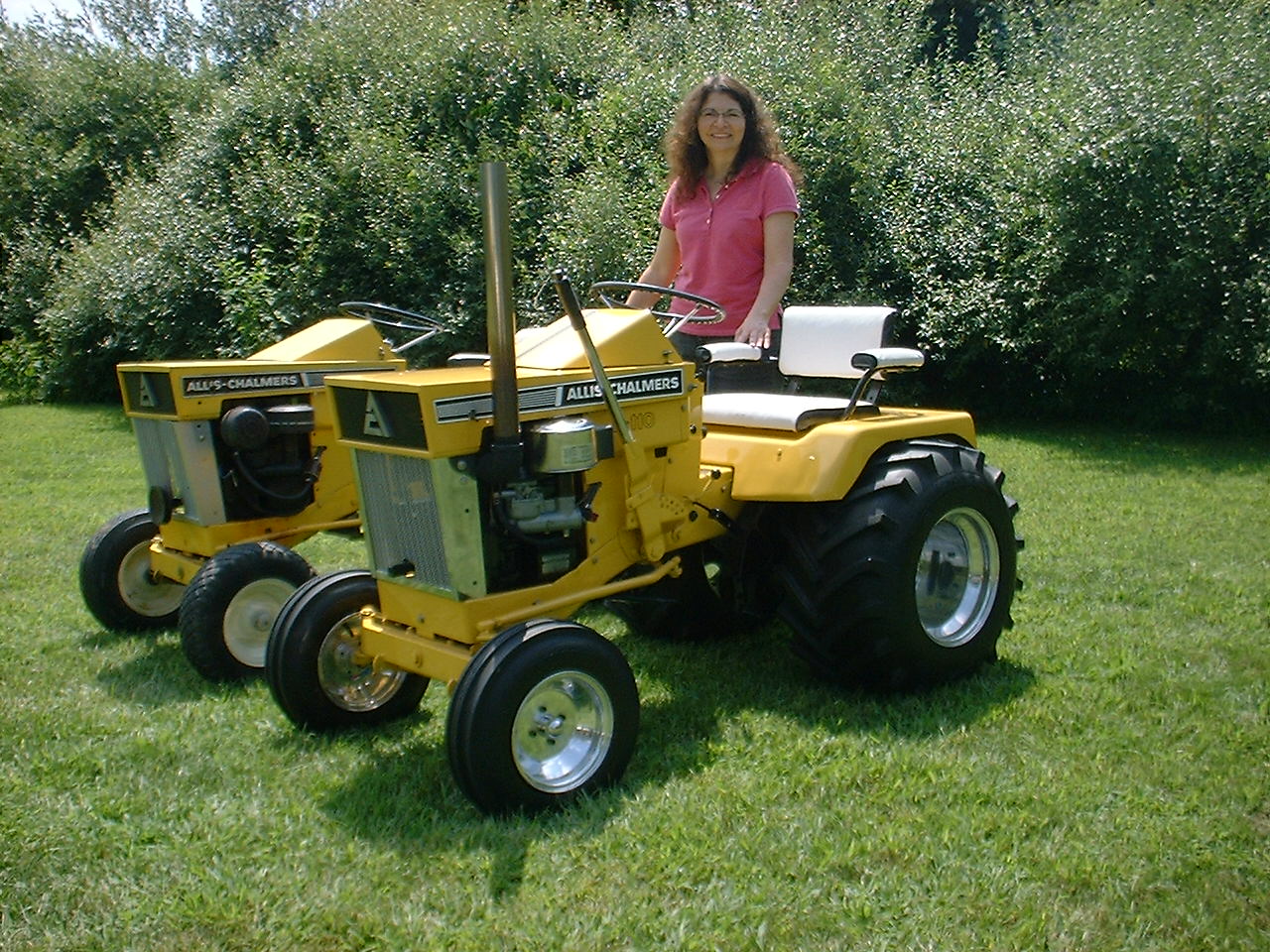
Joined: 12 Sep 2009
Location: Andover, NJ
Points: 11990
|
 Post Options Post Options
 Thanks(0) Thanks(0)
 Quote Quote  Reply Reply
 Posted: 12 Aug 2012 at 8:44pm Posted: 12 Aug 2012 at 8:44pm |
|
We offer a complete 12V conversion wiring system if interested. Gives you everything you need to do a pro wiring job except ambition. You have to supply that. As for the one wire, I tell our customer's to leave the one wires to automobiles and go with a three wire system. Main reason being, you need 1200-1400 rpm to "excite" the regulator in the Alternator to start the charging mode. This mean's you have to rev these old engines to get the Alt to start. With a three wire system, the Tractor starts to charge as soon as it comes off idle at normal working rpms. No need rev the snot out of the engine to get thing rolling. The "SI" series Alternators will fit behind the drag link, they do need to be close to the block though as mentioned. Drop a line, or give me a call if interested. Be glad to help you out..............
Steve@B&B
|
 |









 Topic Options
Topic Options

 Post Options
Post Options Thanks(0)
Thanks(0)




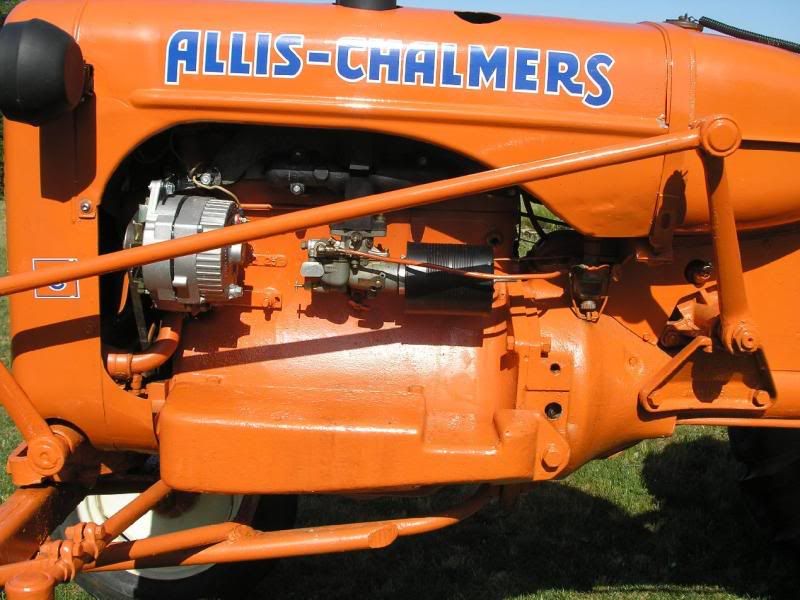

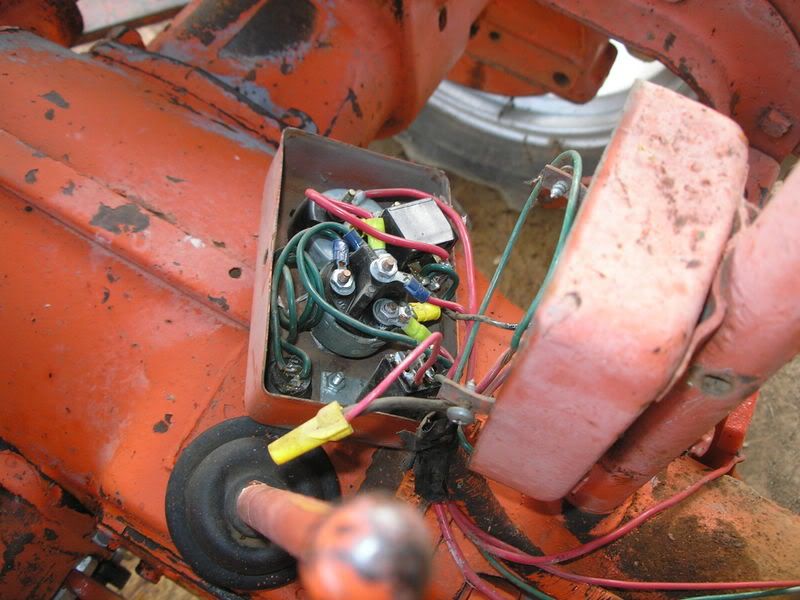
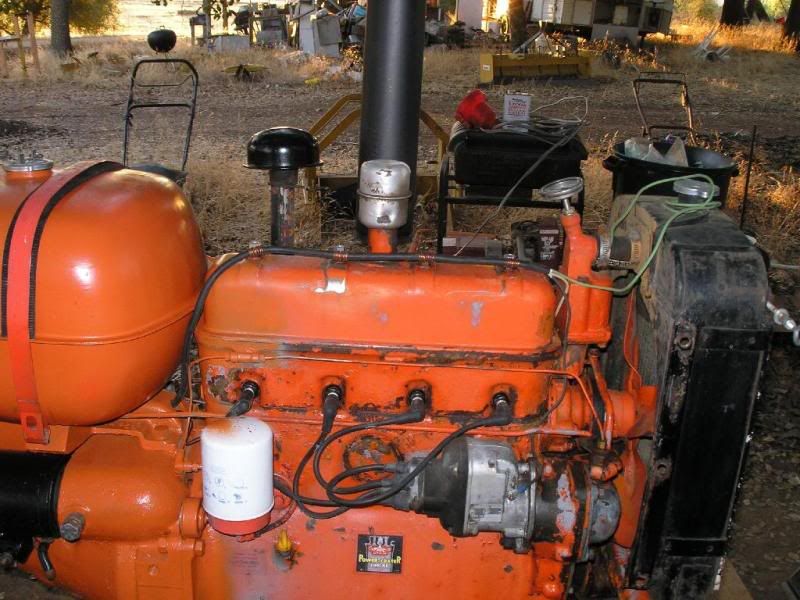




 EdK wrote:
EdK wrote:
